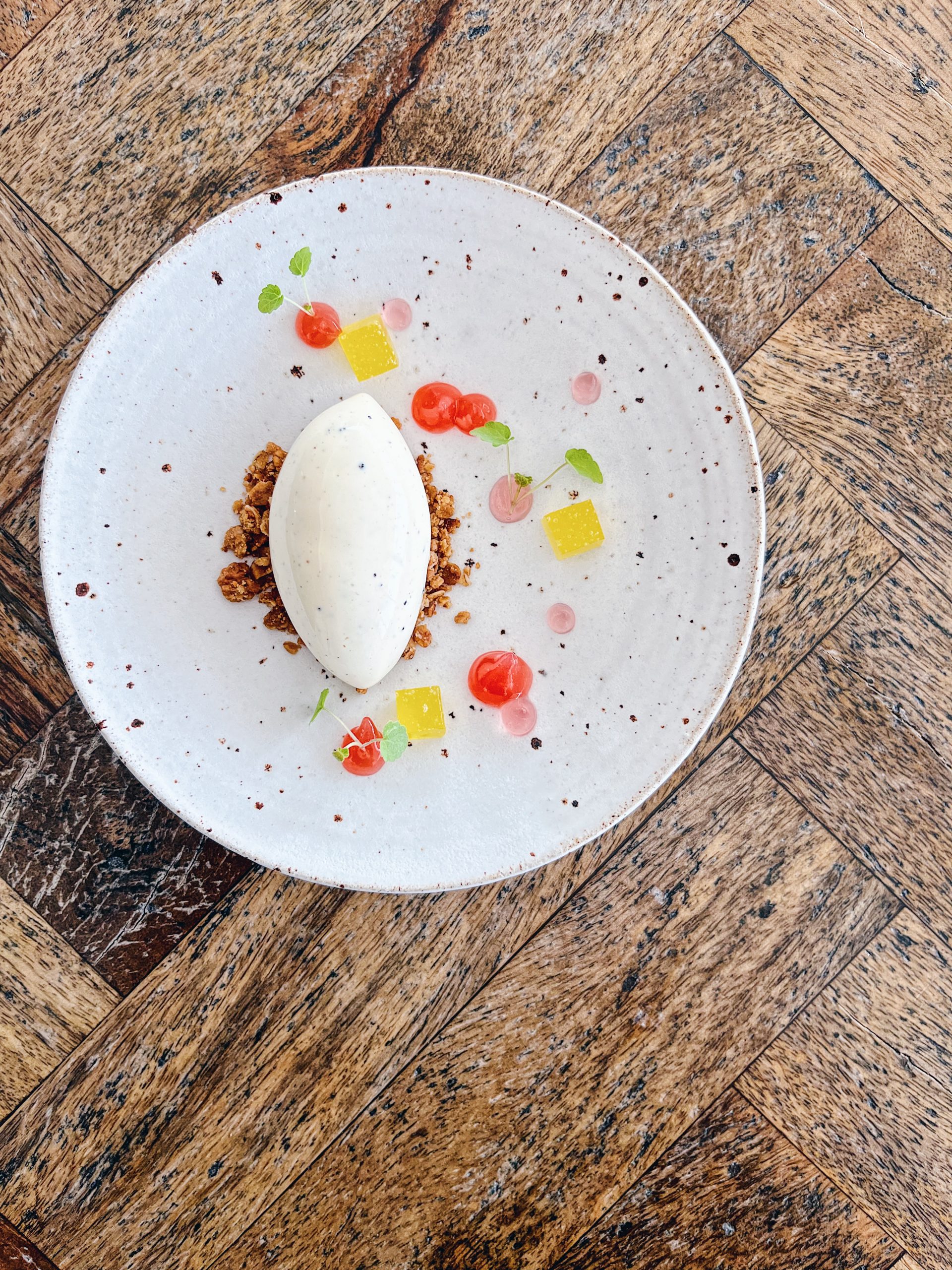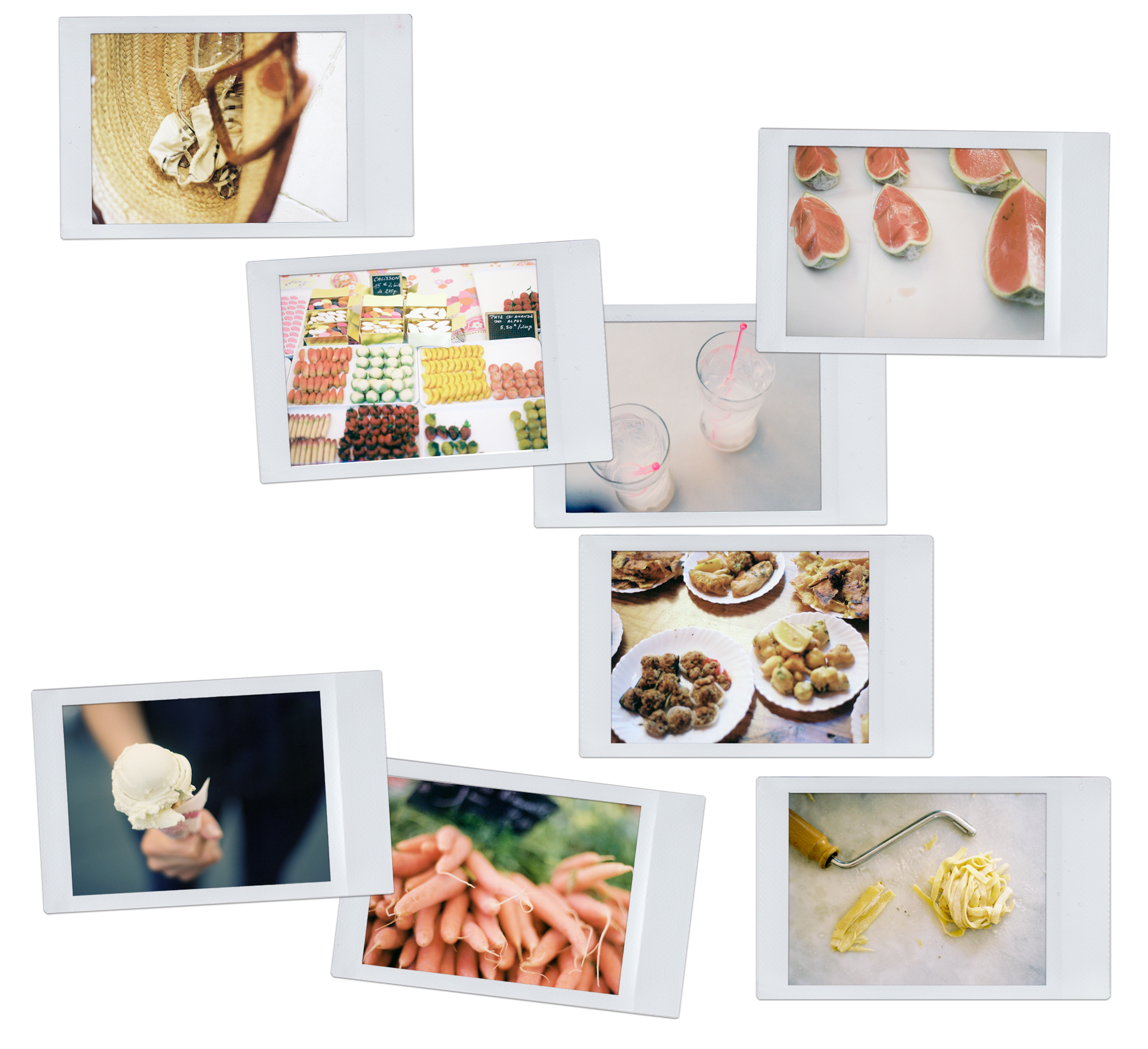
So it seems I’ve told you I’d see you soon with tips for the perfect scones. Apparently, soon can hold different meanings.
A birthday to the sound of drum n’ bass, and glow-sticks around my wrists. Days on a bed that has become my work place, writing the book I should tell you more about. Mess in my kitchen, cakes on the counter, and bread in the oven. It smells like a bakery around here these days. A surprise I can’t say too much about, but it should involve beach and pastis on a café terrasse.
But well, today is quiet. The clouds deaden everything we hear. And they muffle everything we see too. Not unlike living in cotton.
A perfect day to make scones. In fact, I have some in the oven right now. Getting golden-brown just so. The mascarpone is ready to be spread. And a jar of home-made cherry jam from last summer has been opened. It’s really more of a runny compote, but damn, it tastes of wild patches of sunflowers and bike rides by the ocean and sunsets made of rainbows.
I have the feeling my goûter is going to be pretty amazing.
Tips for perfect scones
I know many of you are on the quest for the perfect scone. I’ve been there too.
After years of research, I’ve come up with a go-to recipe. If you have a favourite too, just go for it, but try to follow the tips I’m giving just below. And you’ll see, your scones will have never looked that pretty!
1. Use cold butter, cut into small cubes. This will prevent the butter from melting as you work it into the flour and will thus give that flaky texture we all love.
2. Mix until the dough feels JUST smooth. Undermixing will give a patchy scone, looking a bit rough. It will still taste great though. However, if you overmix, the scone will turn out very cakey.
3. After rolling, chill the dough for half an hour. Wrapped in cling-film and placed on a tray, with the bottom side still at the bottom (and I can’t stress this enough).
4. Flour your cutter. Dip your cutter into flour, then tap off the excess on your work surface. This prevents the dough from sticking to the cutter, and the cutter from squishing the dough. It makes for the neatest edges ever.
5. Place the scones upside-down on the baking tray, bottom-side up this time. Once you’ve cut the scones, the bottom side will always looks flatter and smoother. Trust me.
6. Glaze twice. With egg yolk only. And make sure to wait at least 10-15 minutes in between the two egg-washes. Over the years, I’ve found that egg yolk only gives the best results. Shiny and golden-brown.
7. Allow to cool down before eating. Because no-one likes a doughy scone.
Scones
This recipe might just be one among millions, but it’s my favourite. For the smooth and flaky little clouds – that some call scones – it makes.
I don’t have much to say about it, other than I can make it with my eyes closed, knowing I will have a perfect tea-time. Talk about instant gratification!
Butter gets worked into flour and baking powder. With a touch of sugar and salt too for good measure. Then milk and cream are added. Et voilà!
Scones
makes 7-8 scones
250g plain flour
40g caster sugar
1/2 tbsp baking powder
pinch of salt
50g butter, cubed
100g whole milk
60g whipping cream
one egg yolk, to glaze
Preheat the oven to 180°C and line a baking tray with baking paper.
In a large bowl, combine the flour, sugar, baking powder and salt. Add the butter, and work it into the flour until the mixture ressembles corse sand.
Mix in the milk and cream, and knead until just smooth. The dough should be very soft but not too sticky.
Roll to 3cm thick onto a lightly floured work surface, then wrap in cling-film and chill on a tray for half an hour.
Cut using a 6/7cm-wide round cutter, then flip upside-down onto the prepared baking tray. Brush the top with egg yolk and allow to dry for 10-15 minutes. Brush again with yolk and bake for 15 minutes or until golden brown.
Allow to cool on a wire rack, and serve with a topping of your choice.
































